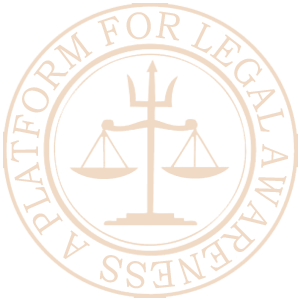India's election process is a complex and extensive system governed by the Election Commission of India. Some of the key details are mentioned below:
1. Conducting Authority-
- The Election Commission of India (ECI) oversees and conducts elections at national, state, and local levels.
2. Electoral System-
- India follows a parliamentary system of government, and elections are held to elect representatives for both the Lok Sabha (House of the People) and the State Legislative Assemblies.
3. Frequency-
- Lok Sabha elections are held every five years. State Legislative Assembly elections are conducted separately and may not coincide with the Lok Sabha elections.
4. Voter Eligibility-
- Citizens who are 18 years and above are eligible to vote. The electoral rolls are regularly updated to include eligible voters.
5. Voter Registration-
- To vote, citizens must register in the electoral rolls. This process involves submitting necessary documents and completing the registration formalities.
6. Political Parties-
- Various political parties participate at the national and state levels. Independent candidates can also contest elections.
7. Election Schedule-
- The Election Commission announces the election schedule, specifying dates for filing nominations, scrutiny, withdrawal, and the polling day.
8. Nomination Process-
- Candidates must file nomination papers with the required number of proposers. The papers are scrutinised, and candidates can withdraw before preparing the final list.
9. Campaigning-
- Political parties and candidates engage in active campaigning, utilizing various media, public meetings, and rallies to reach voters.
10. Model Code of Conduct-
- A Model Code of Conduct is enforced once elections are announced, guiding the behaviour of political parties and candidates to ensure fair play.
11. Voting Process-
- India uses Electronic Voting Machines (EVMs) for polling. Voters cast their votes by pressing the button next to the symbol of their chosen candidate.
12. Counting of Votes-
- After polling, votes are counted, and the candidate with the majority is declared the winner. The First Past the Post system is used.
13. Results and Formation of Government-
- The party or coalition with a majority forms the government. The leader of the majority party becomes the Prime Minister at the national level.
14. State Elections-
- Similar processes occur at the state level, where Legislative Assemblies are formed.
15. Local Elections-
- Local body elections, including Municipalities and Panchayats, follow a similar process but are conducted by State Election Commissions.
16. Role of Election Commission-
- The Election Commission ensures free and fair elections, monitors campaign expenses, and takes measures to prevent malpractices.
17. Electoral Reforms-
- Over the years, India has implemented various electoral reforms to enhance transparency and accountability in the electoral process.

